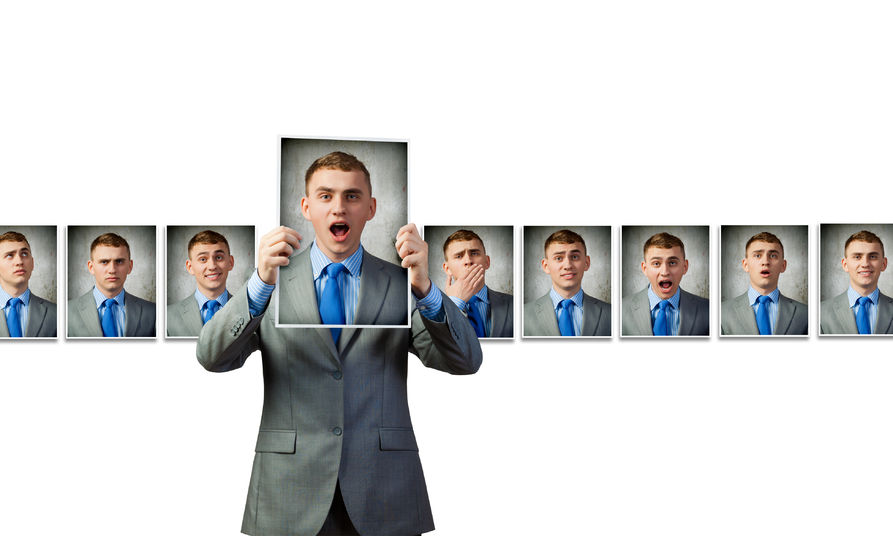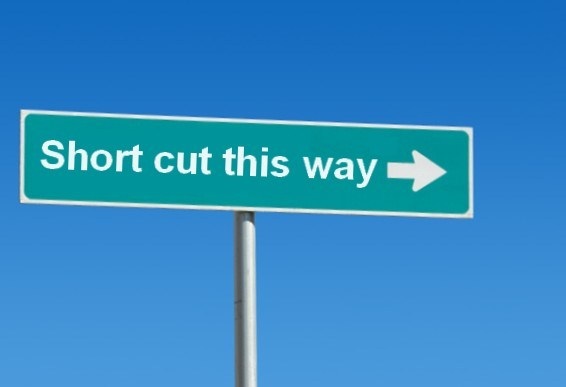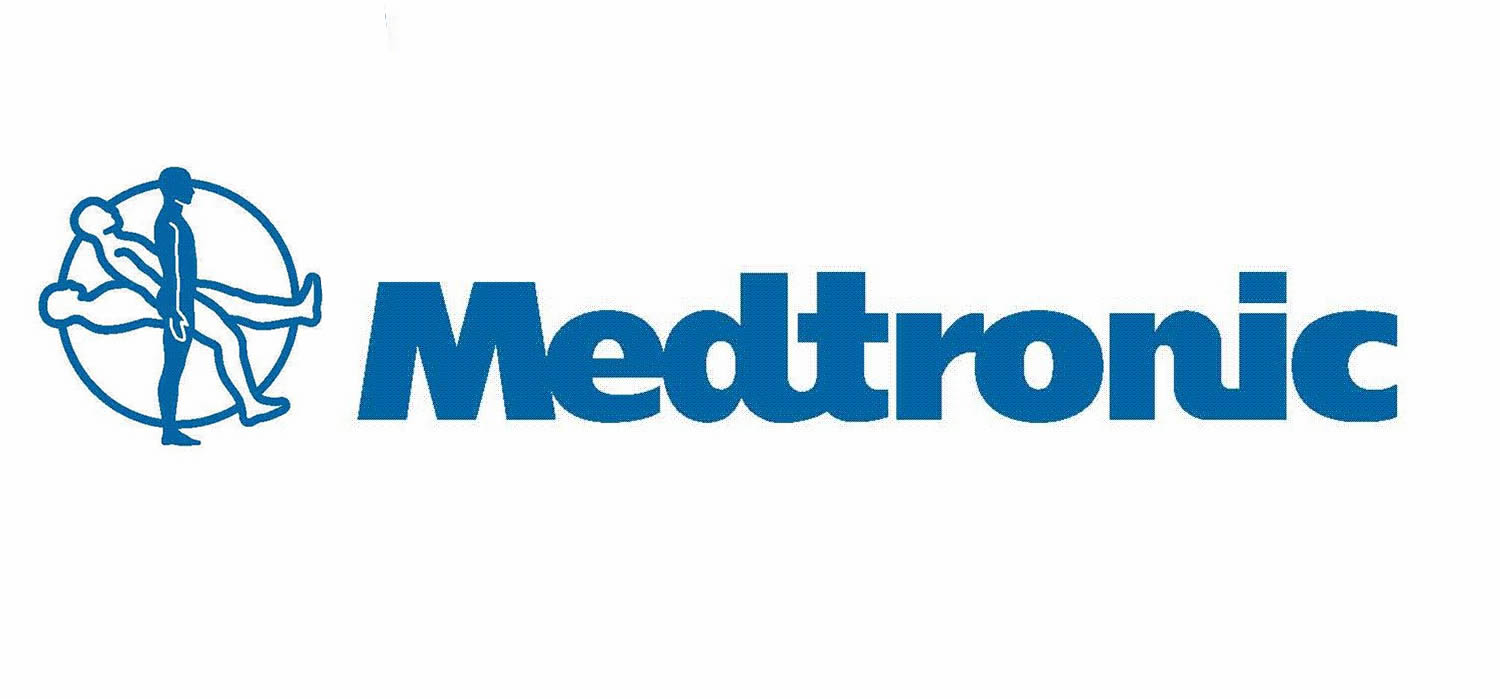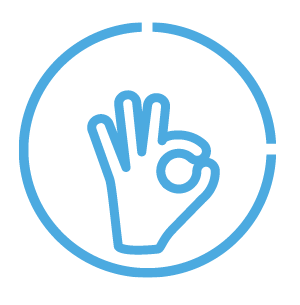Rarely do we think about the impact facial expressions have when giving a presentation. However, as they are a big aspect of our body language, the faces we make can influence others to think and feel certain ways, merely depending on which muscles we choose to move.
The video below shows sets of identical twins sitting side by side. Their only difference? One is chewing gum. Particpants were asked a series of questions based on which twin they thought fit certain criteria. Watch to see how the experiment unfolds.
While this was interesting to watch, chewing gum is not the best way to show movements in your face.
Our suggestion is that you don’t chew gum when you go on stage or go to a job interview or to a business meeting. What you should do instead is take advantage of facial expressions.
Facial expressions are one of the major tools in the body language game. We express the entire spectrum of feeling, whether consciously or subconsciously, through our facial expressions.
Below are a few central aspects through which you can increase your use of facial expressions and your ability to identify the facial expressions of other people. In 2014, the University of Ohio found that there are 21 facial expressions that we, universally, use in our daily lives. Next to the six dominant facial expressions—which demonstrate feelings of anger, fear, disgust, enjoyment, sadness and surprise—another 15 expressions were found that were integrated into the first six, such as: surprise in anger, disgust in fear, etc.
When you stand before an audience and want to transmit a message in the most attractive way, you need to try to integrate as many facial expressions as possible. Your facial muscles should be moving as much as possible. This might be very difficult to do, as every person has 43 muscles in their faces and only uses two to four of them. The more aware you are of the impact of facial expressions, keeping this in your subconscious, the more you will use when you stand and speak before an audience.
The most important and the most discussed expression is, of course, the smile. We all know the old cliché that a smile is the only crooked line that can straighten out anything. Clichés are clichés because they are true. A smile can really break the ice, melt and soften opposition, and strengthen our position as speakers who are pleasant to listen to and to work with. An experiment was done with patients suffering from clinical depression. Half of them requested anti-depressants and half requested placebos for a period of one month. The placebo group was asked to stand before a mirror for seven minutes and to smile. The group asked to smile showed more improvement compared with those using genuine medications.
A smile, in particular, and general facial expressions not only show other people how we feel; they also influence the way we express our feelings, the way we experience our reality. There’s a difference between a courteous or artificial smile and a smile that shows real joy. The difference can be seen in the creases around the eyes. A real smile will include creases at the corners of the eyes, an artificial smile won’t. However, an artificial smile will actually stir the blood in the area of the brain responsible for enjoyment, and will improve your mood. While it’s true that a smile isn’t always suitable at every lecture or for every audience, if used in a moderate way, a smile can always be a bridge, knocking down walls, and creating effective communication between your listeners and you.
Dr. Paul Ekman (whom the show “Lie to Me” is based on), specialist at reading faces and facial expressions, developed the micro-movements that can identify, to the millimeter, the meaning of a movement of an eyebrow (helping police investigators to identify and analyze lies), and coined the term “facial slips,” which are much like slips of the tongue. Even when you try really hard not to show your facial expressions and to keep a poker face, these facial slips just happen. It’s difficult to control them. Only 1% of the population is clever enough to decipher the micro-movements of the face; they are also the ones who can control their facial movements.
Most are not among the people who are talented enough to control facial movements. But you can succeed in seeing someone in the audience who wants to ask a question or someone who doesn’t agree with you and you will certainly see those who do agree with you. These things happen naturally and you need to increase these talents. Someone in the audience who wants to ask a question will transmit his wish through eye contact.
When you stand in front of an audience, you need to take as much advantage as possible of a wide range of facial expressions – because our message must awaken a certain emotion, a certain desire. And in order to succeed and to touch this emotion, you must personally feel the emotions on your body and radiate them outward, calling your audience to feel what you are feeling.
Even blind infants have the same facial expressions as other infants do. Thus,, we understand that facial expressions aren’t an acquired trait, but an inherent one. When we are children we use a lot more facial expressions than we do when we’re adults. That’s because when we’re children, we have less inhibitions. We must learn to go back to this period of lack of inhibitions, so that we can properly use our facial expressions to convey our messages.








Good ?V I should definitely pronounce, impressed with your site. I had no trouble navigating through all the tabs and related information ended up being truly simple to do to access. I recently found what I hoped for before you know it in the least. Quite unusual. Is likely to appreciate it for those who add forums or anything, web site theme . a tones way for your client to communicate. Nice task..